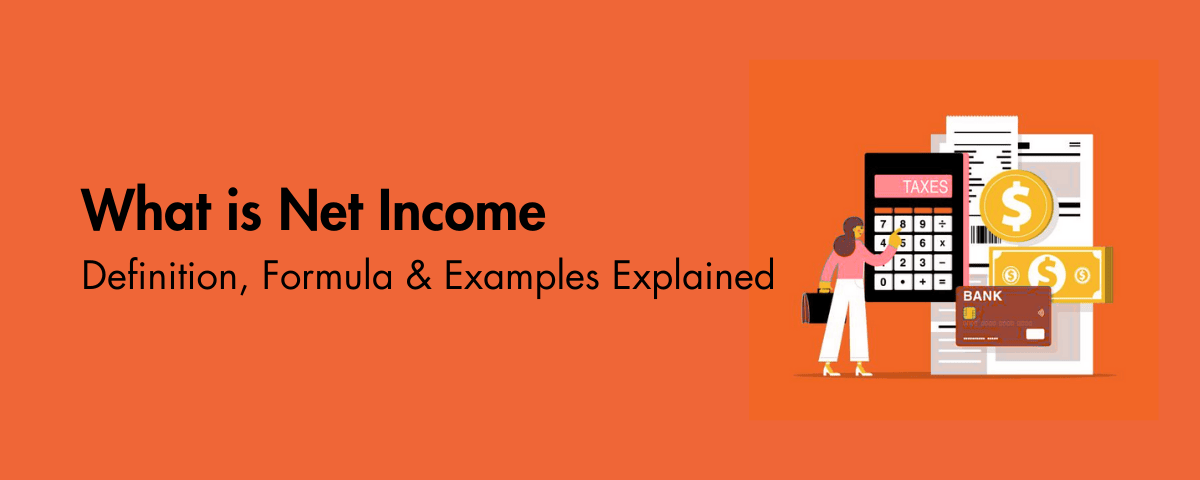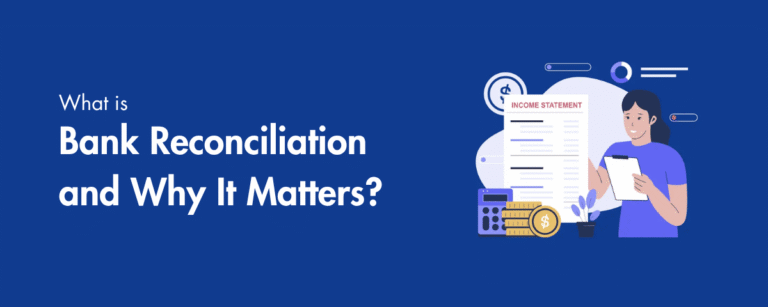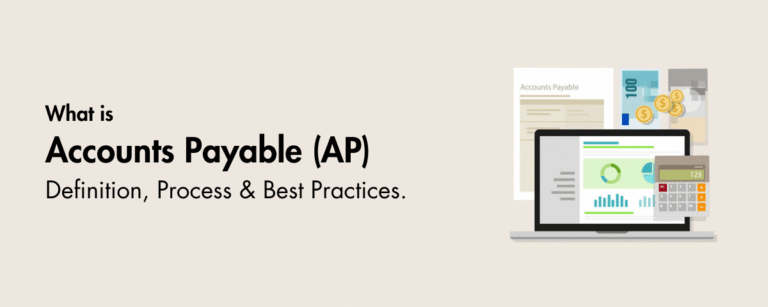Once we walked through the income statement together, the worry faded. You will feel the same clarity by the end of this guide.
Table of Contents
Key Takeaways
- Net income is the bottom‑line profit, total revenue minus all expenses, including COGS, operating costs, interest, and taxes.
- You find it at the end of the income statement, and it flows into retained earnings on the balance sheet.
- Core formula: Net Income = Revenue − COGS − Operating Expenses − Interest − Taxes + Other Income.
- Net income is not the same as cash flow, because of non‑cash items and accruals such as depreciation and working capital.
- For individuals, net income means take‑home pay after taxes and deductions. For businesses, it feeds EPS, dividend capacity, and valuation.
Net income is your scoreboard for profitability, but cash flow is the fuel in the tank. You need to track both to make good decisions.
Net Income, Plain‑English Definition
Net income, often called the bottom line, is the amount left after you count every dollar you earned and every cost it took to earn it. For a business, this includes the obvious items like materials and payroll, plus the less obvious items like interest expense and income taxes. For a household, think of it as the money that actually lands in your account after withholdings and deductions.
Why it matters: lenders, investors, and owners look to net income to judge performance and to calculate earnings per share (EPS), net profit margin, and long‑term value. Inside your firm, consistent net income trends tell you whether pricing, costs, and capacity are in sync.
How to Calculate Net Income
You move from the top of the income statement to the bottom in a few clear steps.
- Start with total revenue.
- Subtract COGS to get gross profit.
- Subtract operating expenses like SG&A, R&D, and depreciation to get operating income.
- Add or subtract non‑operating items, for example interest income or interest expense.
- Subtract income taxes to arrive at net income.
- If there are preferred dividends, subtract them to get net income available to common shareholders for EPS.
- Core formula, kept simple:
- Net Income = Revenue − COGS − Operating Expenses − Interest − Taxes + Other Income
Quick Example With Simple Numbers
Imagine a services company for the quarter:
- Revenue: $1,000,000
- COGS: $400,000
- Operating expenses: $350,000
- Interest expense: $20,000
- Other income: $5,000
- Taxes: $60,000
Step by step:
- Gross profit = 1,000,000 − 400,000 = $600,000
- Operating income = 600,000 − 350,000 = $250,000
- Earnings before tax = 250,000 − 20,000 + 5,000 = $235,000
- Net income = 235,000 − 60,000 = $175,000
If the company has no preferred stock, EPS is net income divided by weighted average shares. For example, with 500,000 shares, EPS would be $0.35.
A Note on Accuracy
Because net income includes estimates, such as depreciation methods and accruals, you should tie out each subtotal and compare against disclosures or schedules. Many firms build a simple checklist for month‑end so nothing slips, for example reconciling revenue cut‑off, payroll, interest, and income tax provisions.
Net Income vs Gross Income vs AGI
These terms sound similar, yet they answer different questions.
- Gross income for a business is total revenue before costs. For a person, think of total earnings before deductions.
- Adjusted Gross Income (AGI) is an individual tax concept, your gross income minus certain adjustments the tax code allows. It helps determine taxable income and eligibility for some benefits.
- Net income is what remains after all expenses. For a person, it is take‑home pay. For a business, it is the bottom line after interest and taxes.
Individuals vs Businesses, A Side‑by‑Side
| Term | Individuals | Businesses |
| Gross income | Wages, salary, tips, investment income before deductions | Total revenue before COGS and expenses |
| AGI | Gross income minus allowed adjustments | Not used on corporate financial statements |
| Net income | Take‑home pay after taxes and deductions | Bottom‑line profit after all expenses, interest, and taxes |
Keep in mind, your paycheck can feel tight even when your salary looks strong. That gap is the difference between gross and net. For businesses, gross profit can look good, yet net income can be thin if overhead or interest has crept up.
Where Net Income Appears in Financial Statements
You will find net income at the bottom of the income statement. From there, it connects to other statements in two important ways.
- It increases retained earnings on the balance sheet, net of any dividends you declared.
- It starts the statement of cash flows under the indirect method, where you add back non‑cash charges, for example depreciation, amortization, stock‑based compensation, then adjust for working capital changes like receivables, payables, and inventory.
How Net Income Drives EPS
For public companies, you use net income available to common shareholders for EPS. That is net income minus any preferred dividends, divided by the weighted average common shares. Analysts use diluted shares to capture the effect of options or other instruments.
Why Net Income Matters
For investors and lenders, net income fuels price‑to‑earnings ratios, dividend capacity, and credit decisions. For owners, it is proof that your pricing, mix, and cost structure work in the real world. For families, it is your real budget, not the salary number on a job offer.
| Focus | Why it matters | What you do |
| Investors | EPS, valuation, dividend power | Separate recurring results from one‑time items, compare earnings to cash flow |
| Owners | Capacity to reinvest and pay bonuses | Track trends in gross margin and overhead, review pricing quarterly |
| Individuals | Budget and saving rate | Plan to net, not gross, automate savings off take‑home pay |
| Quality of earnings | Detect aggressive accounting | Compare net income to cash from operations, read notes |
A simple rule, if cash from operations trails net income for several periods, find out why. The fix might be as straightforward as faster invoicing or better collections.
A brief note for accounting firm leaders
If your month‑end close drags, or reviews keep finding classification errors that change net income, you are not alone. Many firms clean this up by tightening checklists, improving documentation, and ensuring the right hands are on repetitive back‑office tasks.
When capacity is thin, a focused offshore team can take routine workloads off your plate, so your senior staff can review and advise clients. This is where Accountably can help, by supplying trained offshore staffing and back‑office support that improves accuracy and timeliness.
Practical Ways To Use Net Income Wisely
- For firm owners
- Build a simple bridge each month from operating income to net income, listing interest, taxes, and any one‑offs.
- Create thresholds, for example if interest expense rises more than 10 percent quarter over quarter, review debt terms.
- Track a rolling 12‑month net income trend to smooth seasonality.
- For investors
- Read the income statement with the cash flow statement side by side. If net income is growing while cash from operations is flat, look at receivables and inventory.
- Strip out clearly labeled non‑recurring items when comparing peers.
- For individuals
- Budget to net pay, not gross.
- Automate savings the day you get paid, even 2 to 5 percent helps you build the habit.
Common Mistakes And How To Fix Them
- Treating net income as cash
- Fix, reconcile net income to cash from operations every period, then talk through the drivers.
- Ignoring working capital
- Fix, review DSO, inventory turns, and payables terms. A few days of improvement can lift cash without touching sales.
- Mixing operating and non‑operating items
- Fix, keep clean sub‑totals, operating income, then show interest and other items below the line for clarity.
- Forgetting preferred dividends in EPS
- Fix, subtract preferred dividends to get net income available to common before dividing by shares.
Frequently Asked Questions
What is meant by net income?
Net income is the amount left after you subtract all costs from revenue. For a business, it is true profit after COGS, operating expenses, interest, and taxes. For a person, it is take‑home pay after withholdings and deductions.
Is net income before or after tax?
It is after tax. You start with revenue, subtract costs and interest, and then subtract income taxes. The remaining figure is the bottom line reported on the income statement.
What does $3,000 net mean?
It means you receive $3,000 in your bank account. This is your take‑home pay after withholdings and deductions, the amount you can plan your budget around.
What is net income vs gross?
Gross is before deductions, net is after. A business looks at gross profit first, then subtracts operating costs, interest, and taxes to reach net income. An individual looks at gross pay on the offer letter, then lives on net pay.
Conclusion
You now have a clear, practical view of what net income is, how to calculate it, and where it connects to the rest of the financial statements. Use it to judge performance, set budgets, and make steady decisions.
If you run an accounting firm and want cleaner, faster month‑end reports so net income tells a consistent story, a disciplined process and the right team will get you there. When you need extra, repeatable capacity, Accountably can support your back‑office so your senior staff can focus on review, planning, and client work.








